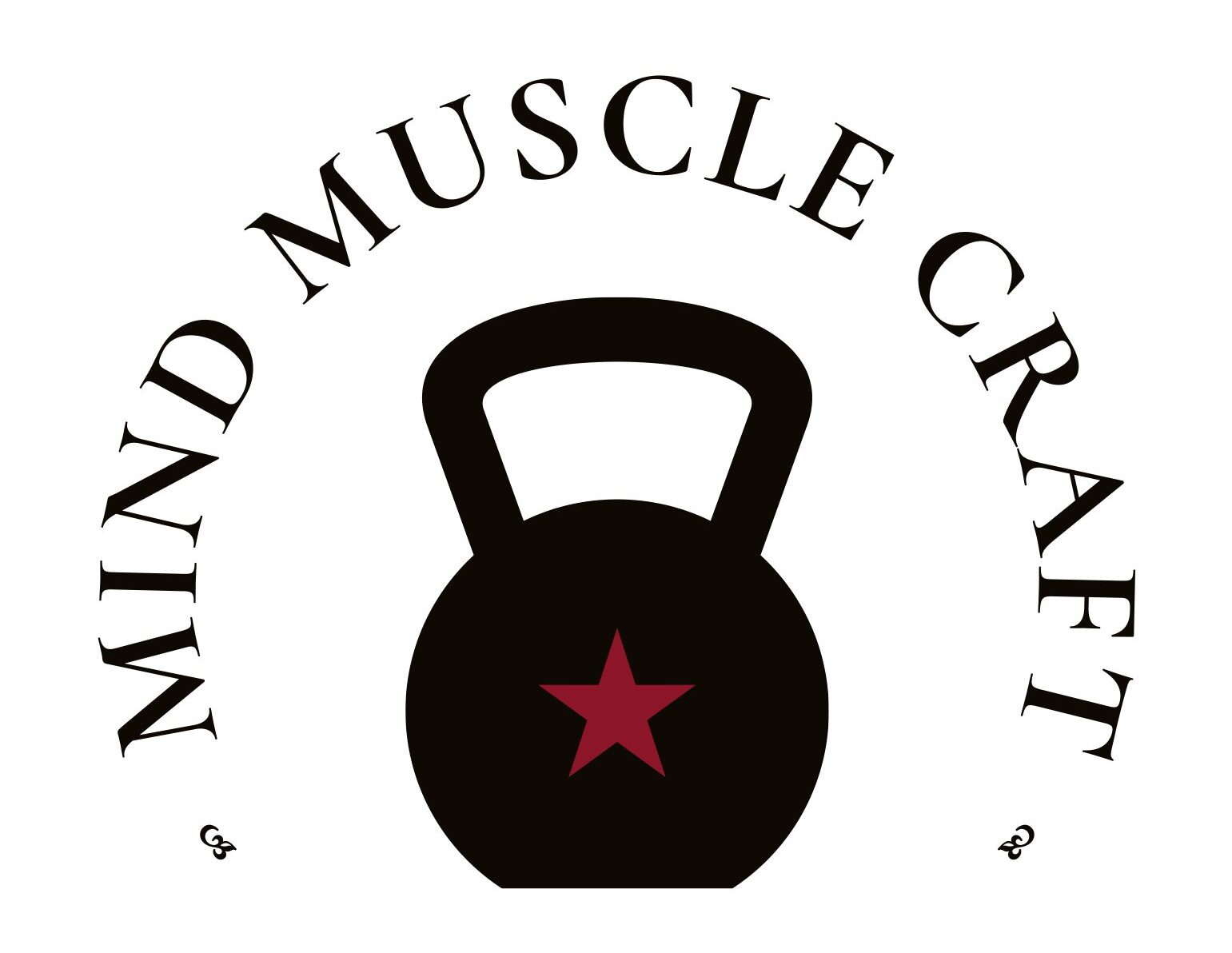Fat loss isn’t just about calories in vs. calories out. For years, many people have struggled with “stubborn fat” that refuses to go despite dieting, cardio, and weight training. Now, updated research gives us a better understanding of how fat is stored and burned—and how to finally overcome those stubborn areas.
How Fat Loss Works: The Role of Adrenergic Receptors
Fat cells have special receptors that respond to hormones called catecholamines (like adrenaline and noradrenaline). These hormones bind to receptors on fat cells and trigger either fat release or fat storage.
There are two main types of receptors:
- Beta-1 and Beta-2 receptors: These increase levels of cAMP, which promotes fat breakdown (lipolysis).
- Alpha-2 receptors: These decrease cAMP, which inhibits fat breakdown.
Some areas of the body have more alpha-2 receptors, making fat loss in those regions more difficult. For example:
- Women’s hips and thighs have about 9x more alpha-2 than beta-2 receptors.
- Men’s abdominal fat also tends to be alpha-2 dominant.
This receptor distribution is one reason why certain body parts hold onto fat more stubbornly.
New Science (2024–2025 Updates): What We Know Now
1. Beta-3 Receptors and Brown Fat
Beta-3 receptors are found mainly in brown adipose tissue (BAT). These receptors help increase thermogenesis (heat production) and fat burning.
You can stimulate beta-3 receptors by:
- Exposing your body to cold (cold showers, ice baths)
- Taking capsaicin (found in chili peppers)
- Using green tea extract or other thermogenics
2. The Insulin Connection
Insulin is a storage hormone. Even low insulin levels can block fat burning, especially in alpha-2 dominant areas. To reduce insulin’s effect on fat loss:
- Train in a fasted state
- Try intermittent fasting or low-carb diets
- Avoid insulin spikes before cardio
3. Blood Flow to Stubborn Fat
Stubborn fat areas tend to have less blood flow, making it harder for fat-burning hormones to reach those cells. Ways to improve this include:
- Regular exercise to boost circulation
- Yohimbine to block alpha-2 receptors and increase blood flow (only effective when fasted)
- Citrulline or arginine to enhance nitric oxide and circulation
4. Inflammation Affects Receptor Sensitivity
Chronic inflammation makes it harder for your body to burn fat by reducing receptor sensitivity.
To reduce inflammation:
- Take omega-3 supplements (2–3 g/day EPA/DHA)
- Eat anti-inflammatory foods like berries, turmeric, and fatty fish
- Use the sauna several times per week
5. Hormones and Gender Differences
- Estrogen increases alpha-2 receptors in the hips and thighs, explaining why women store fat there.
- Testosterone lowers subcutaneous fat but can increase visceral fat if too high.
Yohimbine: A Targeted Tool for Fat Loss
Yohimbine is a supplement that blocks alpha-2 receptors, allowing more fat to be released. But it only works when insulin is low.
- Dose: 0.2 mg per kg of bodyweight (e.g., 16 mg for an 80 kg person)
- Take it fasted, about 30 minutes before cardio
- Do not eat or drink sweetened BCAAs before taking it
Bonus Tip: Take 6 grams of citrulline with yohimbine to boost blood flow and delivery.
Weekly Routine to Help Burn Stubborn Fat
Here’s a sample weekly protocol based on the latest science:
2–3 Days per Week:
- Fasted low-intensity cardio (30–45 mins)
- Yohimbine 30 minutes before
- Optional: Add 6 g citrulline
1–2 Days per Week:
- Fasted HIIT session (15–20 mins)
- Can be alternated with low-intensity days
Daily Support Habits:
- Omega-3 supplements (2–3 g EPA/DHA)
- Cold exposure (e.g., cold showers)
- Green tea or turmeric for inflammation
- Sauna 2–4x per week
Final Takeaway
Stubborn fat is not just a myth—it’s a metabolic challenge influenced by hormones, receptors, blood flow, and inflammation. But thanks to modern research, we now have proven strategies that can make a difference.
If you follow a smart, science-based routine—especially with fasted training, hormonal awareness, and optional supplements like yohimbine—you’ll have a better shot at burning off those hard-to-lose fat areas.
Stay consistent, track your progress, and use tools strategically. Fat loss is no longer just about effort. It’s about using science to work smarter.
How High-Intensity Training Can Make You Lose Muscle, Not Fat

